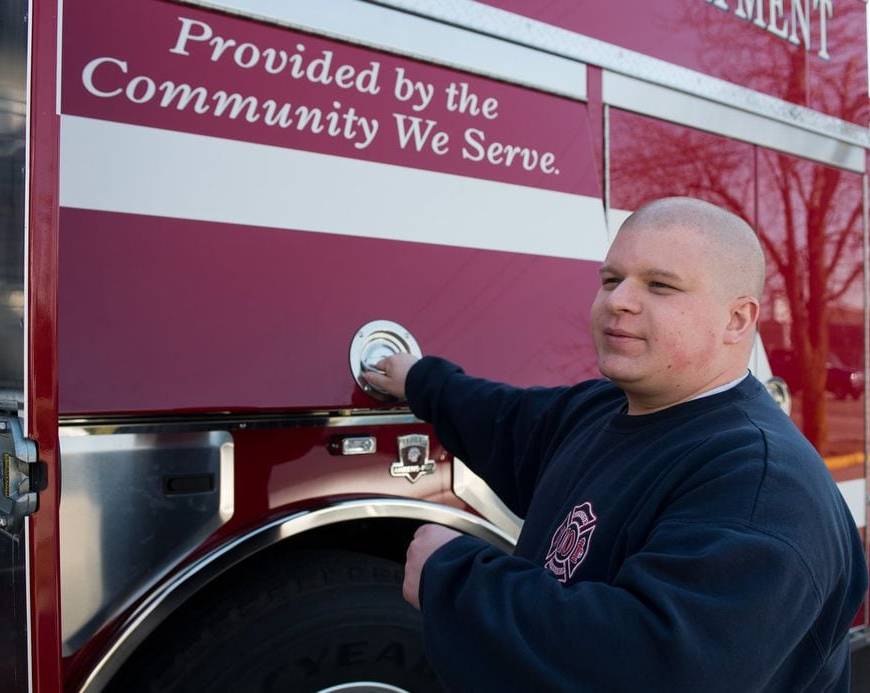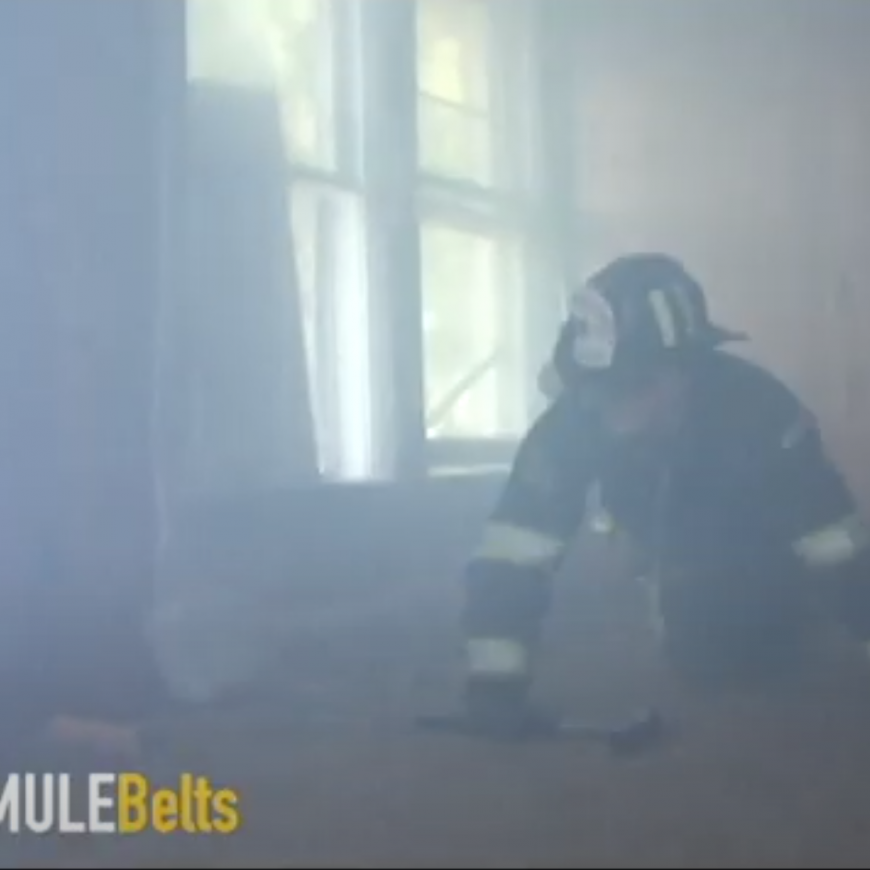Using the Tools Provided to Us
By Brian F. McQueen
Writing for the National Volunteer Fire Council (NVFC)
The Issue at Hand
Firefighter Cancer Prevention, Studies have shown that firefighters have a higher risk for multiple types of cancer than the general population. On the bright side, there are specific actions firefighters can take to reduce these risks and prevent occupational cancer.
On August 8, 2018, the NVFC and the International Association of Fire Chiefs Volunteer and Combination Officers Section (VCOS) released the Lavender Ribbon Report: Best Practices for Preventing Firefighter Cancer(PDF). This report can be downloaded for free from the NVFC and VCOS web sites. But where is the report in your station? Is it on a shelf in the office? Is it in the magazine rack? Or is it embedded into your daily instructional practices?
The Response
All fire service officers understand the importance of ongoing training for their members, and it is through training that we can impart and reinforce practices that will protect our firefighters from cancer risks and exposures. Over the past five years, the research and knowledge shared on the growing cancer epidemic has been distributed by many national and state fire service organizations in hopes of preventing the pain and suffering a cancer diagnosis can cause. Having received an occupational cancer diagnosis four years ago, I know firsthand how difficult this is. It impacted not only me, but my family and my fire service family.
We’ve heard it before: “It’s time to change the culture when it comes to cancer prevention in the fire service.” We run into a wall when members interpret culture change as a taking away of our fire service traditions. However, instead of a full-on culture change, we should really look at it as a “repositioning of culture,” which is to say the reconstruction of the cultural concepts found in the fire service society of today. As we learn more, we must adjust and adapt to current knowledge. In other words, building on the past while creating the future!
While the Lavender Ribbon Report provides 11 best practices for preventing firefighter cancer, in this article I’d like to focus on a couple of these practices as well as the need to embed cancer prevention training in each of our departments.
Issue #1: Failure to wear personal protective equipment (PPE) throughout the entire fire incident
In the past, residents would have 13-15 minutes to evacuate a structure during a fire incident. Today, however, research done by Underwriter Laboratories tells us that has been reduced to three to three-and-a-half minutes. Why? Homes of today contain highly flammable materials, fire retardant materials, technology equipment, and lightweight, open home concepts. Fire travel is increased with the numerous chemicals found in building construction today.



